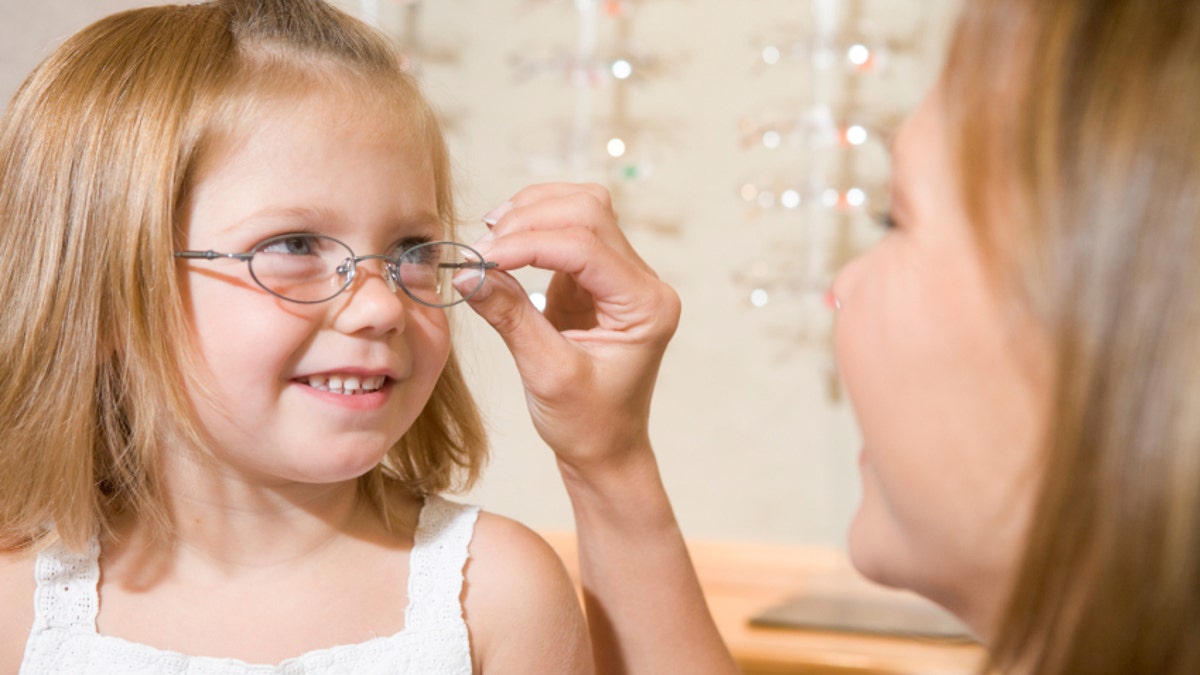
Firstborn children may have a slightly higher risk of becoming nearsighted later in life, compared with later-born siblings, new research suggests.
In the study, researchers looked at birth order and nearsightedness in about 89,000 people, ages 40 to 69. The investigators found that firstborns were 10 percent more likely to be nearsighted than were later-born participants. Firstborn individuals were also 20 percent more likely to be severely nearsighted than later-born individuals, the investigators found.
However, when the researchers adjusted their results for education levels, such as the highest educational degree the people had attained, it turned out education accounted for about 25 percent of the link between birth order and the risk of nearsightedness.
This result suggests that parents may be more invested in the education of their firstborn children — for example, spending more time reading or doing pages in workbooks with these children — compared with their later-born children, which in turn may mean that firstborn children spend more time doing activities that promote nearsightedness, according to the study, published today (Oct. 8) in the journal JAMA Ophthalmology. [5 Experts Answer: What's the Best Way to Preserve My Eyesight?]
"Our study provides an extra piece of evidence linking education and myopia, consistent with the very high prevalence of myopia in countries with intensive education from an early age," said study author Jeremy A. Guggenheim, of Cardiff University in the United Kingdom. (Myopia is the medical term for nearsightedness.)
For example, a previous study of more than 110,000 males ages 15 to 25 in Singapore found that the prevalence of nearsightedness and the rates of severe nearsightedness were higher in participants with more years of formal education. Those findings were published in the Singapore Medical Journal.
Conversely, a study of 1,900 children in China, published in September in the journal JAMA, found that spending more time outside was linked to a lower risk of becoming nearsighted.
Of all the people in the new study, 30 percent were nearsighted, the researchers said. The prevalence of nearsightedness is increasing in younger generations in many parts of the world and constitutes an important public health issue, the investigators said.
Some risk factors for nearsightedness include genetics, more time spent doing "near" work such as reading and educational activities, and less time spent outdoors.
Previous research has suggested that the older children in a family do relatively better at school because parents invest more time, effort and resources in those kids' education, the new study said. This is why other researchers have also suggested that the link between birth order and a person's risk of becoming nearsighted could be explained by educational attainment, the authors of the new study said.
However, in addition to education, there may be other, unmeasured factors that could partially mediate the relationship between birth order and one's risk of nearsightedness, the investigators added.
- 9 Weird Ways Kids Can Get Hurt
- 10 Scientific Tips For Raising Happy Kids
- 10 Ways to Promote Kids' Healthy Eating Habits
Copyright 2015 LiveScience, a Purch company. All rights reserved. This material may not be published, broadcast, rewritten or redistributed.
